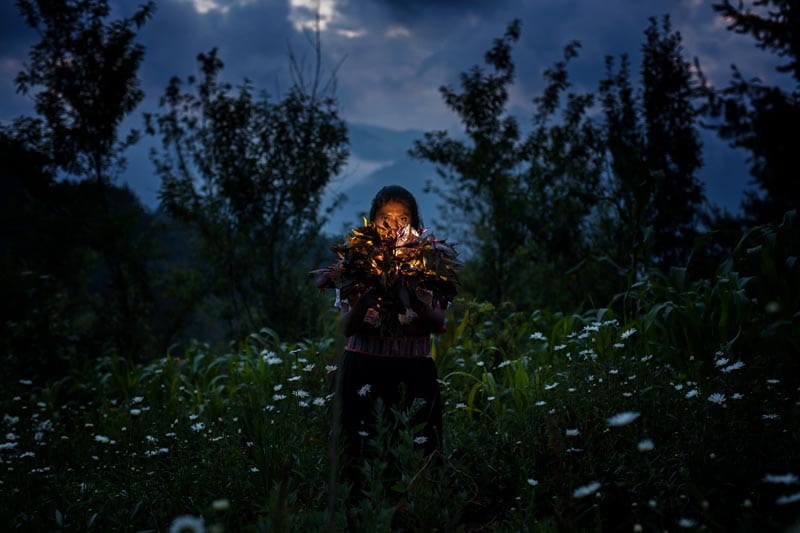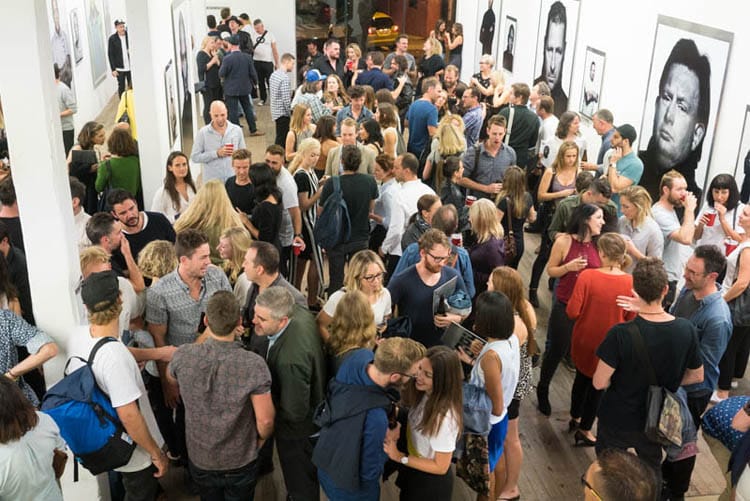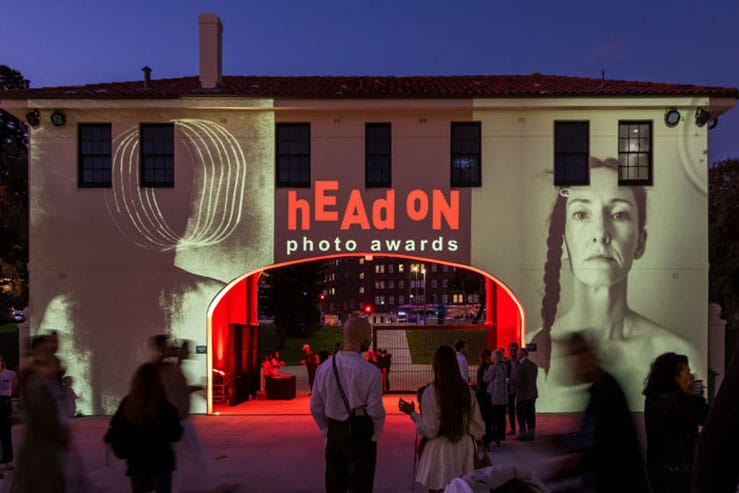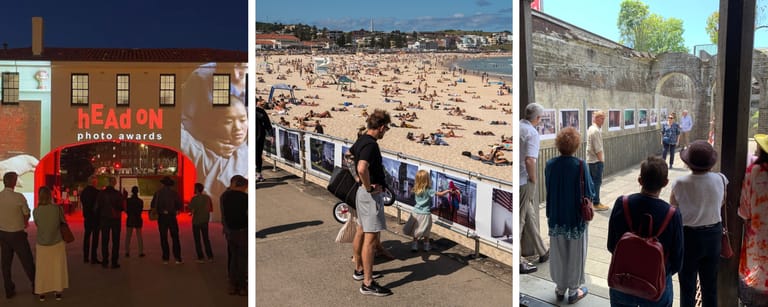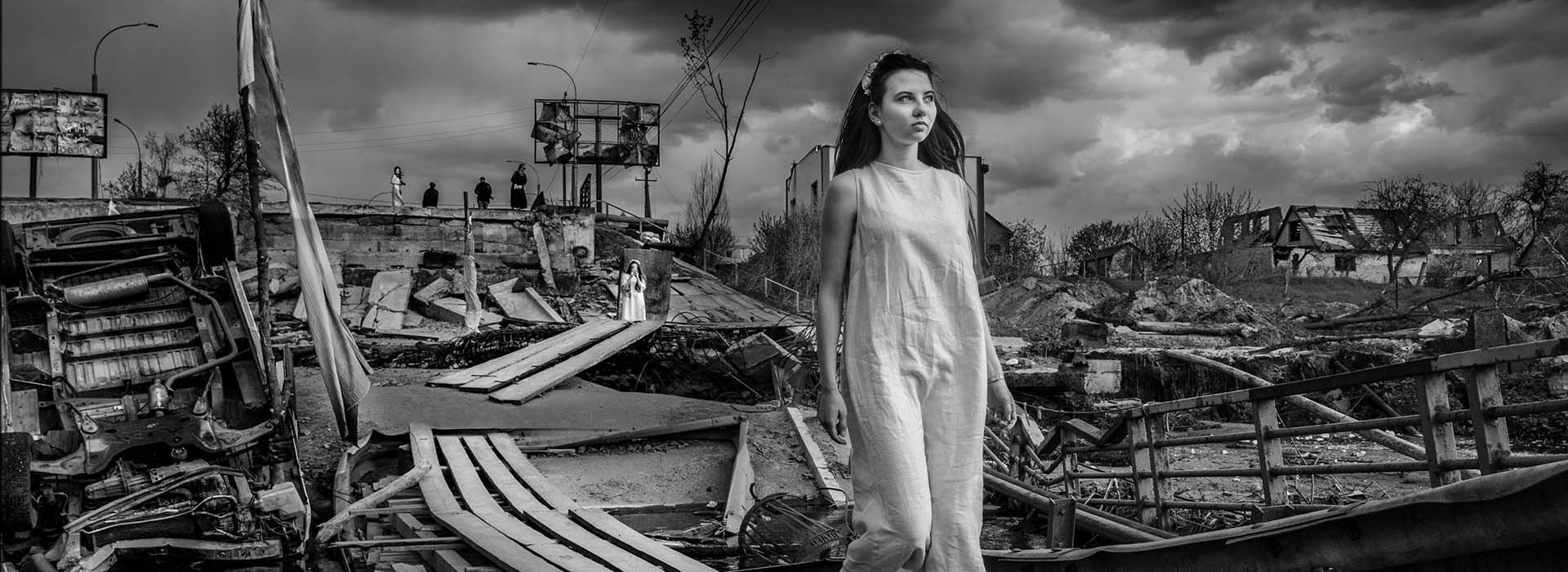The first part of a three-part series profiling Latin American female photographers. Featuring Mexican photographer Mara Sanchez Renero
Artists often discover a renewed desire to make images about their own countries after spending time abroad. In this first part of a three-part series profiling Latin American female photographers, Stewart Hawkins spoke with Mexican image-maker Mara Sanchez Renero. She had compelling reasons to leave her homeland but returned and was inspired by the stories she found there.
Mara Sanchez Renero was, in her own words, “mad at Mexico”.
Between high school and college, she’d decided she wanted to study photography but realised that most schools in Mexico followed what she described as the “magical realist style of Manuel Álvarez Bravo” – a hugely important but very dominant figure in Latin American 20th-century photography.
Sanchez Renero realised she wanted something different, something more.

Image: Mara Sanchez Renero from her series Iluikak
“I wanted to leave the country, to see other things. I had very much a need of knowing the world,” she says. She moved to Barcelona, studied photography and spent a decade in the Catalan capital working with photography collectives, exhibiting and discussing photography. It was a “very intellectual, experimental moment of my life.”
But her homeland beckoned. She says even though she’d wanted to leave Mexico as a younger woman, “I was very, very in love with the culture, and the [Mexican] identity and all of the subject matters that Mexico has.” One of those subjects is explored in her series El Cimarrón y su Fandango: The Little-Known World of the Afro-Mexican.
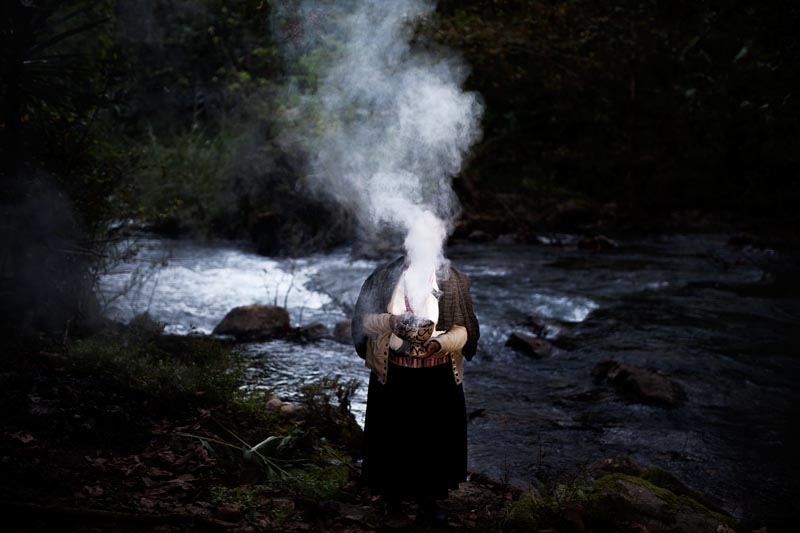
Image: Mara Sanchez Renero from her series Iluikak
“My intention was to tell the story about the Africans in Mexico because it’s something I didn’t know when I was a kid,” she says. “And I was shocked when I came back and realised there was this huge community of African descendants in Mexico. All my life [it] was a story that was quite far away from me. I knew about the [Africans in the] rest of America, but I didn’t know that Mexico had the same story.”
The project showcased a particular style for her, a more abstract documentary process. The images don’t show the specific context of where these people live and work: some are, in fact, constructs, stage-managed in a sense, taking elements of the people’s lives and reconstructing scenes with layers of meaning. Others are dimly illuminated landscapes that give suggestions of place rather than showing concrete realities.
“[In the images] I’m talking about the situation, and for me, it definitely is a kind of reportage… because I like to talk about people… their identity and life aspects now somehow,” she says.
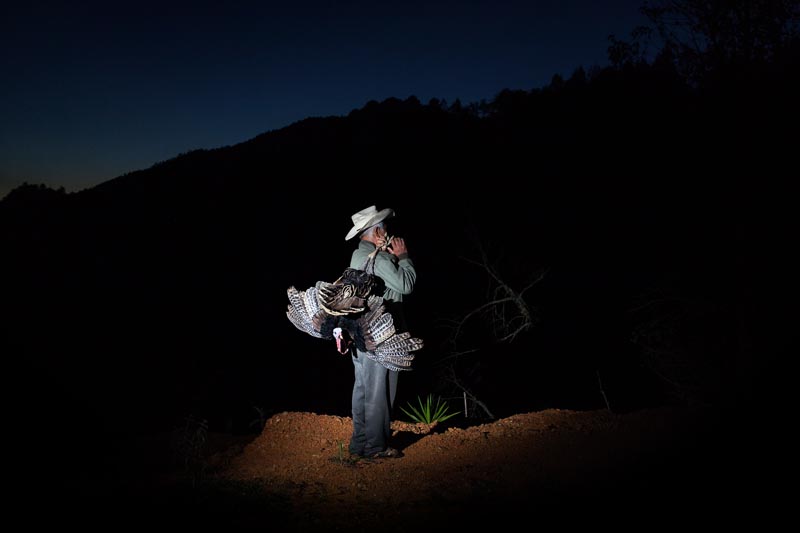
Image: Mara Sanchez Renero from her series Iluikak
Her most recent project builds on this style and, while not overtly political, was partly motivated by her concern over what was happening in parts of Mexico at the time. The project, called Iluikak, which means ‘close to the sky’ in the region’s indigenous language, took four years to complete, partly because of the rough mountainous terrain it was photographed in.
“I was in a moment when I [was] kind of angry with Mexico because of the violence and the corruption,” she says. “And I wanted to do something about this specific state called Veracruz, where there was [a lot of] corruption and [was] very violent. I really felt that we were hurting the essence of Mexico, you know, like in a very deep way with what was happening.”
The indigenous people of the region, the Nahuas, are rural workers who, over time, became migrant communities because of socio-economic pressure and violence in the state.
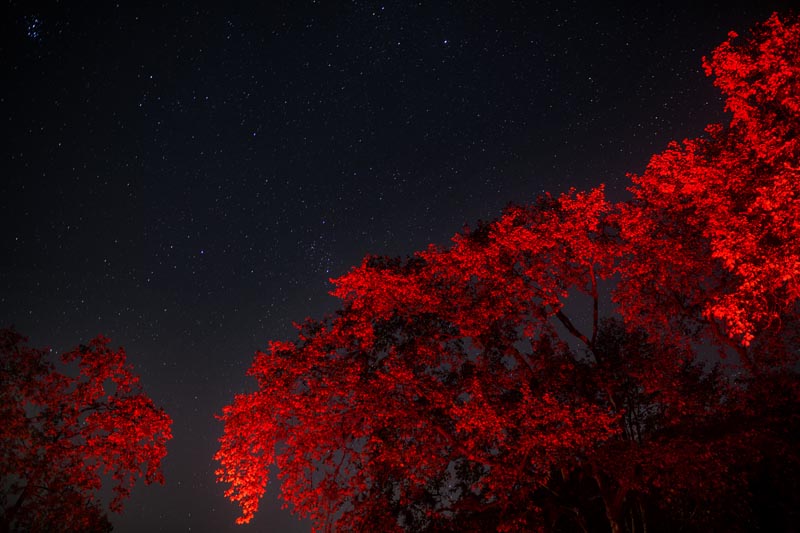
Image: Mara Sanchez Renero from her series Iluikak
Sanchez Renero was impressed both with the mountainous geography of Zongolica in Veracruz and the spirituality of the people who lived there, their interconnectedness with the landscape and their ancestral rituals. So while the work may have had its genesis in a sense of political anger, the resulting images are more reflective of the place and the feelings generated by the mountainous landscape.
“For me, it was very important to talk about territory, the way of life of people in a very horizontal way,” she says, “I wanted to show everything, all the elements in the same level of importance. And I wanted to talk about people, I wanted to talk about tradition, I wanted to talk about life in this particular community… which is the biggest community of indigenous [people] in Mexico.”

Image: Mara Sanchez Renero from her series Iluikak
The images have a dark patina that hints at the landscape rather than reveals it in clear detail. It also includes bursts of colour and light, almost like a stage set, something theatrical, throwing a spotlight on aspects of the life of the Nahuas whilst allowing glimpses of the rocks, plants, animals and even starscapes that make up this world.
Perhaps the final word on the project comes from Sanchez Renero’s artist’s statement: “Iluikak is a project that assumes fully the tight relationship between what a photographic image creates and the real it comes from. It leads through the furrow between documentary and fiction.”
Header image: Mara Sanchez Renero from her series Iluikak
About the author
Stewart Hawkins is a financial journalist, editor and media producer with a passion for photography. He is the deputy editor of Head On Interactional
Photographers/Artists
Mara Sanchez Renero. Find more information at marasanchezrenero.com and follow her on Instagram @mpapalotl








